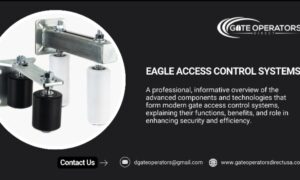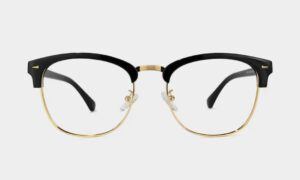The present-day competitive market makes packaging essential for product success. The protective function of packaging meets its essential role as an essential marketing instrument. The most successful packaging method is wrap around labelling because it completely encircles products with labels. The method proves most suitable for round-shaped containers to present branding and vital product information across every angle. The process of creating successful wrap around labels which attract viewers and deliver appropriate content requires more effort than mere container label application. Multiple design principles need thorough evaluation to achieve optimal results in wrap around labelling.
Understanding the Importance of Wrap-Around Labelling
Through wrap around labelling companies gain the singular capability to establish continuous visual experiences. The design area of wrap around labels extends beyond specific surfaces because they can completely encircle products. Such labelling technique both increases its visibility and provides greater space for branding and product information and artistic design elements. The large available surface area requires strategic planning because excessive visual content risks overwhelming consumers while maintaining a strong message delivery.
Key Design Considerations
The initial design factor for creating an impactful wrap around labelling system should always be focused on overall aesthetics. Design harmony between branding elements and the company identity should be the top priority. The label must display brand colors together with appropriate fonts and images that represent the brand identity while connecting with target audience members. The design requirements demand balanced readability since the label will face all directions. The design needs to stay organized without excessive clutter because both factors affect the label’s effectiveness and customer understanding.
Maximizing Branding and Messaging
The main benefit of wrap around labels stems from their enlarged surface area that enables enhanced branding and messaging content. This available space should be utilized effectively to show product name and brand logo and key messaging. The front section of the label must display the essential information consisting of product type and main benefits to achieve quick consumer attention. The reverse aspect of the label features extra information which may include step-by-step directions together with the substance composition or product characteristics. A well-designed label must present all content in a way that consumers can easily understand without feeling overwhelmed by information.
Consistency and Legibility
The design of wrap around labels depends heavily on how easily readers can understand the information displayed. The speed at which shoppers decide about products in stores requires labels to provide simple and quick comprehension at first glance. The text needs to have clear fonts with contrasting colors to the background to maintain legibility. Multiple fonts and font sizes should be avoided because they create an unprofessional and disordered appearance on the label. The design must follow brand style guidelines to maintain uniformity across all products so customers recognize and view the professional appearance.
Visual Hierarchy
The sequence of visual elements in wrap around labelling needs to be arranged so users can easily follow the label design. The main information which includes product name or brand must be prominent by appearing at the upper part of the label or its middle section. Secondary product information should be placed beneath or beside the main text content. Design elements need to appear organic in their arrangement so consumers can focus on key information while avoiding information overload.
Incorporating Functional Features
Besides visual attractiveness wrap around labelling allows manufacturers to embed useful elements that boost customer interactions. The label contains QR code scanners that enable consumers to access additional product details or promotional offers. The label needs to contain extra material when products demand nutritional information and barcodes along with legal statements. The necessary product details can be seamlessly incorporated into wrap around labels to provide clear access to all pertinent information.
Sustainability Considerations
The growing ecological focus from customers leads to sustainability becoming a vital factor in packaging development for wrap labels. Brands have the opportunity to select packaging materials which can be recycled or made from sustainable renewable resources thus minimizing their environmental footprint. Companies benefit from sustainable labelling materials because they help protect the environment and they draw customers whose buying habits focus on brands that use responsible packaging methods.
Final Thoughts
The development of successful wrap around labels demands a harmonious combination between creative elements and branding elements and functionality and sustainable practices. A properly strategized label design creates an effective marketing instrument which boosts product visibility and forms long-lasting consumer perceptions. The flexible nature of wrap around labels enables creators to produce designs which both attract shoppers and effectively express important messages and represent brand identity. The correct implementation of wrap around labels creates opportunities to boost product experiences while engaging consumers at a higher level.

































